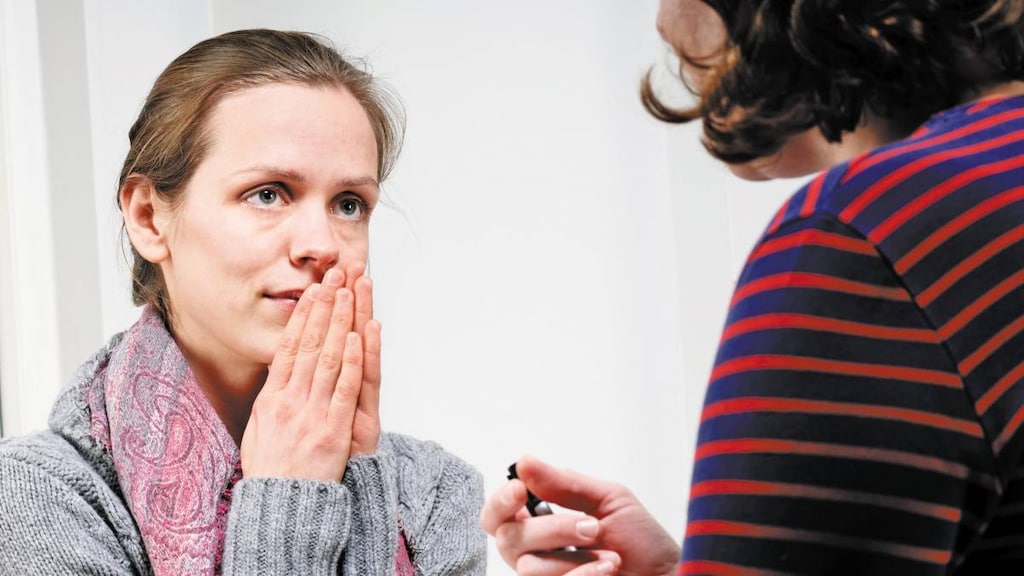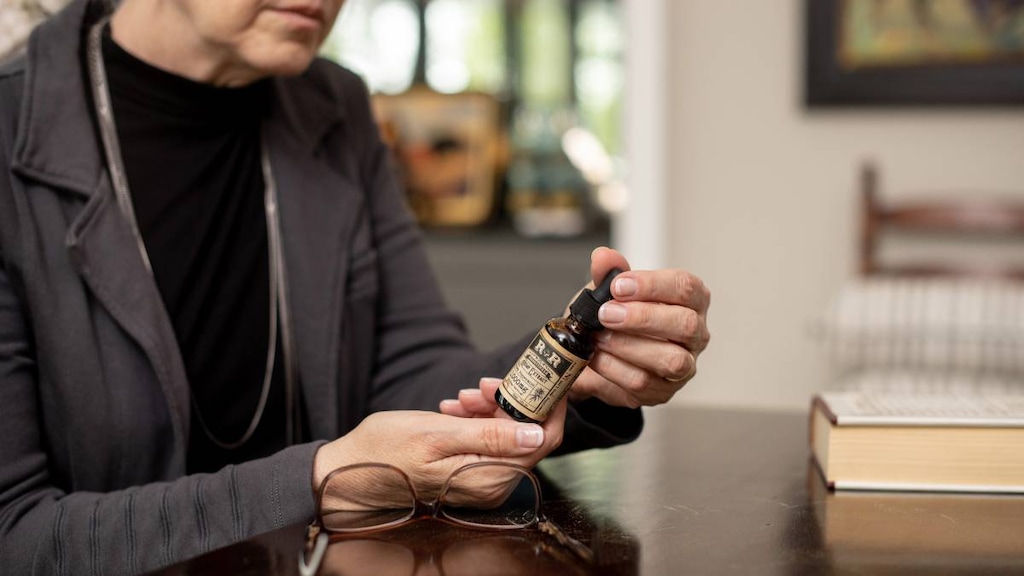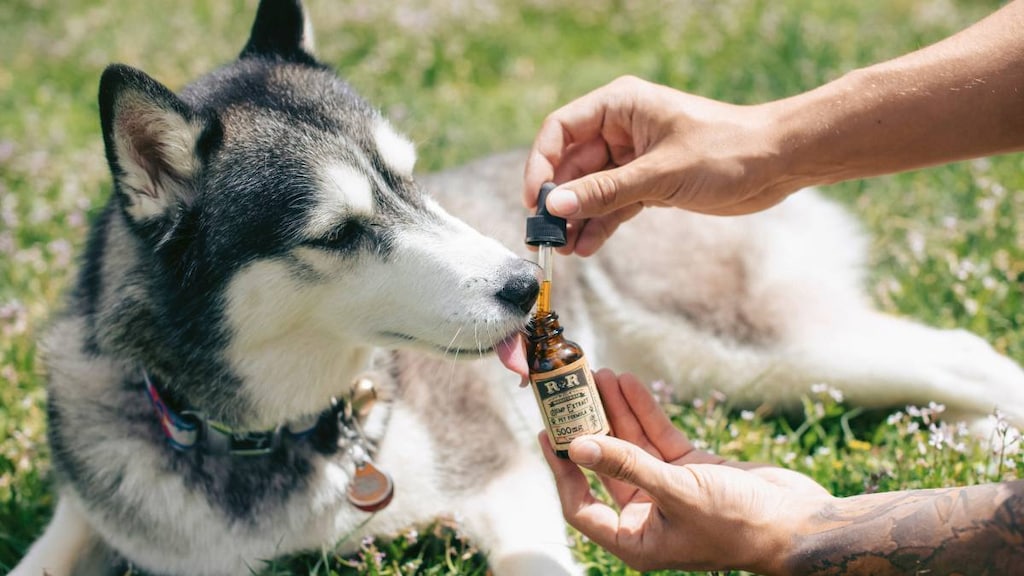
Ask a handful of people with an anxiety disorder to describe it, and they’re likely to paint different pictures. One dreads speaking in public, while another is gripped by intense fear at the mere thought of getting on an airplane. A third labels herself a “chronic worrier” because she regularly frets about all sorts of things. A fourth experiences unpredictable episodes of panic, with shortness of breath, sweating, and chest pains. Many people would undoubtedly mention that they have trouble sleeping.
Your body has its own built-in alarm system, which primes you to respond quickly to a threat. It’s something that can save your life. But when you have an anxiety disorder, your body’s alarm triggers even in the absence of a clear threat. It’s like your home alarm going off every time a spider runs across the floor. By working with a therapist, you can fine-tune the sensitivity of your body’s response, so that it sounds the alarm at more appropriate times.
Symptoms of anxiety disorders
Why the broad array of symptoms? It’s because anxiety disorders aren’t a single condition, but rather a spectrum of related disorders (see table below). However, many different anxiety disorders are believed to have the same biological underpinnings. That helps explain why people with one anxiety disorder can also have another. It also helps explain why anxiety disorders share certain common symptoms, including feelings of fear, dread, or danger; tension; worry; and physical symptoms such as agitation, trembling, hot or cold flashes, or shortness of breath.
Anxiety and stress-related disorders at a glance
| Type | Description |
|---|---|
| Specific (simple) phobia | Substantial anxiety caused by exposure to a particular feared object or situation |
| Social anxiety disorder (social phobia) | Substantial anxiety caused by certain social situations or performing in front of a group, such as speaking in public |
| Post-traumatic stress disorder (PTSD) | Intrusive and distressing thoughts, sleep problems, hypervigilance, social withdrawal, anger, and other anxiety symptoms that occur for more than a month following a life-threatening or severely traumatic experience |
| Generalized anxiety disorder | Excessive anxiety and worry about a variety of things on most days for at least six months. Physical symptoms, such as muscle tension, increased heart rate, and dizziness, may also occur |
| Panic attacks and panic disorder | A panic attack is a sudden wave of intense anxiety, apprehension, fearfulness, or terror, with physical symptoms such as shortness of breath, palpitations, sweating, and chest pains. Panic disorder involves recurrent panic attacks that occur suddenly and without warning, causing persistent concern and interfering with social functioning. Sometimes this leads people to avoid leaving home |
| Obsessive-compulsive disorder (OCD) | Recurrent distressing thoughts (obsessions) and uncontrollable repetitive behaviors (rituals or compulsions) that are intended to reduce anxiety provoked by those thoughts. Symptoms last more than an hour a day and cause significant distress or interfere with normal functioning |
| Acute stress disorder | Anxiety symptoms that last for up to a month following a traumatic experience |
| Medical conditions that produce or mimic anxiety symptoms | Pronounced anxiety, panic attacks, obsessions, or compulsions caused by a medical condition such as thyroid disease or a respiratory disease that causes difficulty breathing |
| Substance-induced anxiety disorder | Pronounced anxiety, panic attacks, obsessions, compulsions, or possibly paranoia caused by a medication, drug abuse, or exposure to a toxin |
Anxiety itself isn’t necessarily a problem. In fact, it’s a perfectly normal response to stress. In some cases, anxiety can even be helpful. Anxiety over an upcoming presentation at work can drive you to prepare more thoroughly. Feeling anxious at the sight of a stranger on a dark and lonely street can motivate you to get into an Uber rather than walking. These are useful reactions to anxiety-provoking situations.
The difference between normal anxiety and an anxiety disorder is that the latter is persistent and excessive, and it occurs in response to situations that aren’t genuinely threatening. For someone with an anxiety disorder, even an everyday situation like cooking dinner or going to a party transforms into a terrifying experience. When anxiety becomes life-disrupting, then it crosses the line into a true disorder.
When does worry become a disorder?
Everyone worries from time to time, but not everyone who worries has an anxiety disorder. The severity of your symptoms and your ability to manage them can help you tell the difference.
| Everyday Anxiety | Anxiety Disorder |
|---|---|
| You worry about paying bills or getting a new job. | You think about your finances or job prospects constantly, to the point where these thoughts interfere with your daily life. |
| You sometimes get nervous before a big test or presentation at work. | Before or during a presentation or test, you don’t merely get nervous. You begin to sweat and shake and feel an overwhelming need to run away. |
| You’re afraid of bees because you’re allergic to them. | You’re terrified of something that doesn’t pose a real threat to you—like tall trees or balloons—and you do everything you can to avoid it. |
| You sometimes get embarrassed or feel awkward at parties and other social gatherings. | You avoid social situations out of fear that people will laugh at or judge you. |
Similarly, the body’s response to danger is normally helpful. The so-called fight-or-flight response—in which your body boosts heart rate and pumps blood and nutrients to muscles—prepares you to flee or stand your ground. But an especially frightening experience—like witnessing a bank robbery, being physically abused, or serving in military combat—can overwhelm the body’s normal coping mechanisms and result in a stress-related disorder. That disorder can be short-term, as is the case with acute stress disorder. Or it can be long-term, like post-traumatic stress disorder (PTSD).
Anxiety and stress-related disorders can coexist. In fact, they share many common features. The underlying biology is similar, involving some of the same brain chemicals and pathways. Most important, they both cause a significant amount of distress over situations that shouldn’t be so frightening or anxiety-provoking. The main difference is that in stress-related disorders, a specific event or series of events sets off the symptoms.
Fortunately, medication, therapy, meditation, and other treatments can relieve both anxiety and stress-related disorders and reduce their effects on your life. If an anxiety disorder is mild, you may be able to manage without seeking help. But when the anxiety is severe enough to interfere with your daily life, treatment is usually the only way to control it. Without treatment, it’s likely that the disorder will worsen or that another anxiety disorder will develop. Treatment is also important for conditions that often accompany anxiety, such as depression and alcohol or drug dependence.
Links to Depression
Anxiety and depression are separate conditions, but they often coexist. Nearly half of people with depression are also diagnosed with an anxiety disorder. Stress-related disorders also coexist with depression. People who’ve gone through a traumatic event tend to be depressed—as well as anxious—for weeks, months, or even years afterward.
The presence of depression in people with anxiety and stress disorders increases the severity of both illnesses, the likelihood of alcohol or substance abuse, and the risk of suicide. It also reduces the chances that treatment will succeed, unless both disorders are fully treated.
Diagnosing anxiety and stress-related disorders
If you have symptoms of an anxiety disorder, diagnosis is often a two-step process. Begin by seeing your primary care doctor for a physical exam. This exam can rule out physical disorders with symptoms similar to anxiety, such as an ulcer, asthma, or an overactive thyroid. Your doctor can also determine if medications or substances like caffeine, diet pills, or decongestants are causing anxiety-like symptoms. If there is no medical problem, the next step is a psychiatric evaluation.
Medical Examination
Your doctor will probably begin by asking you to describe your anxiety. Are you worried much of the time? Do you become frightened in particular circumstances? Do you have physical sensations, such as sweating or palpitations, along with emotional symptoms? The answers to these questions will help your doctor determine whether you have an anxiety disorder and, if so, which one.
Your doctor will also ask about your personal and family medical history. Have you or an immediate family member ever had an anxiety disorder? Have you been ill recently? Expect other questions about your personal habits. Which over-the-counter or prescription drugs do you take regularly? Do you smoke? Do you drink coffee, and if so, how many cups a day? These questions are important because certain medical conditions, medications, and substances (such as nicotine and caffeine) can cause anxiety symptoms. Illicit drugs also can cause or exacerbate anxiety symptoms.
Then the doctor will proceed with a general check-up to look for signs of physical illnesses with symptoms that are similar to those of anxiety disorders. As part of the check-up, the doctor will evaluate whether you have depression, since anxiety and depression often coexist. He or she may order a blood test to determine whether your thyroid function is normal and may ask for a urine sample to check your adrenal glands and look for traces of certain drugs. Abnormal thyroid or adrenal function can cause hormone imbalances that contribute to anxiety.
Psychiatric Evaluation
If the doctor rules out a medical cause for your symptoms, you may get a referral to a psychiatrist or psychologist. No single lab test or paper-and-pencil questionnaire can diagnose anxiety disorders. Instead, your doctor will determine whether you have an anxiety disorder by observing and talking with you. He or she will ask you to describe your experiences in detail, noting your main symptoms.
Treatment
The choice of treatment depends on the type of anxiety disorder, its severity, the main symptoms, and the presence of other conditions, such as depression, alcohol dependence, or another anxiety disorder. Other factors influence the choice of treatment, including your age (for example, older people are more prone to side effects when taking benzodiazepines) and your personal preferences. You and your doctor should discuss the benefits and side effects of each treatment before deciding which one, or which combination, to use.




